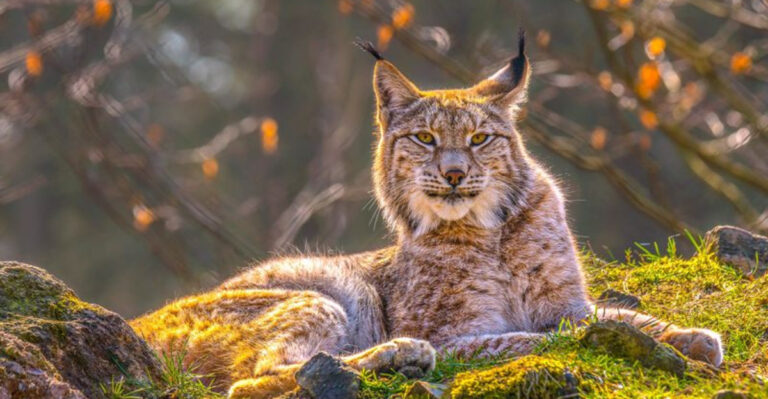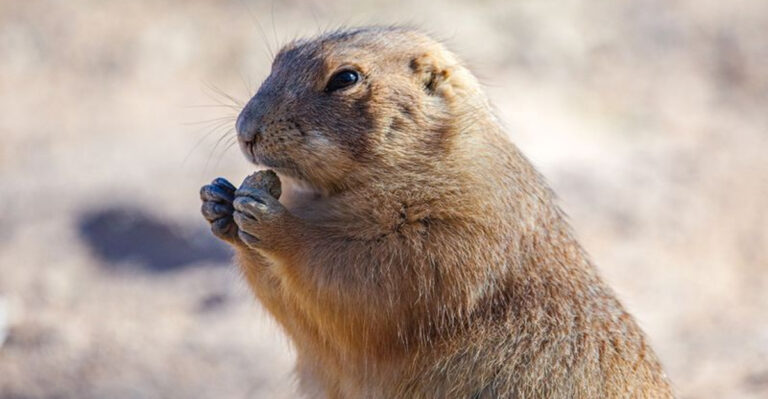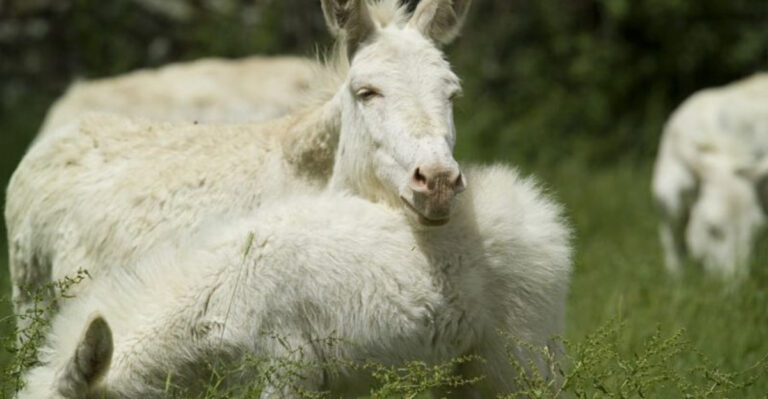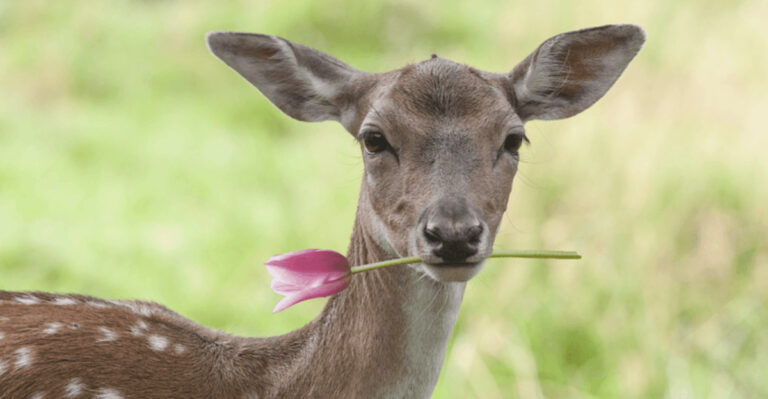15 Birds You’re Most Likely To Spot In Your State This Summer
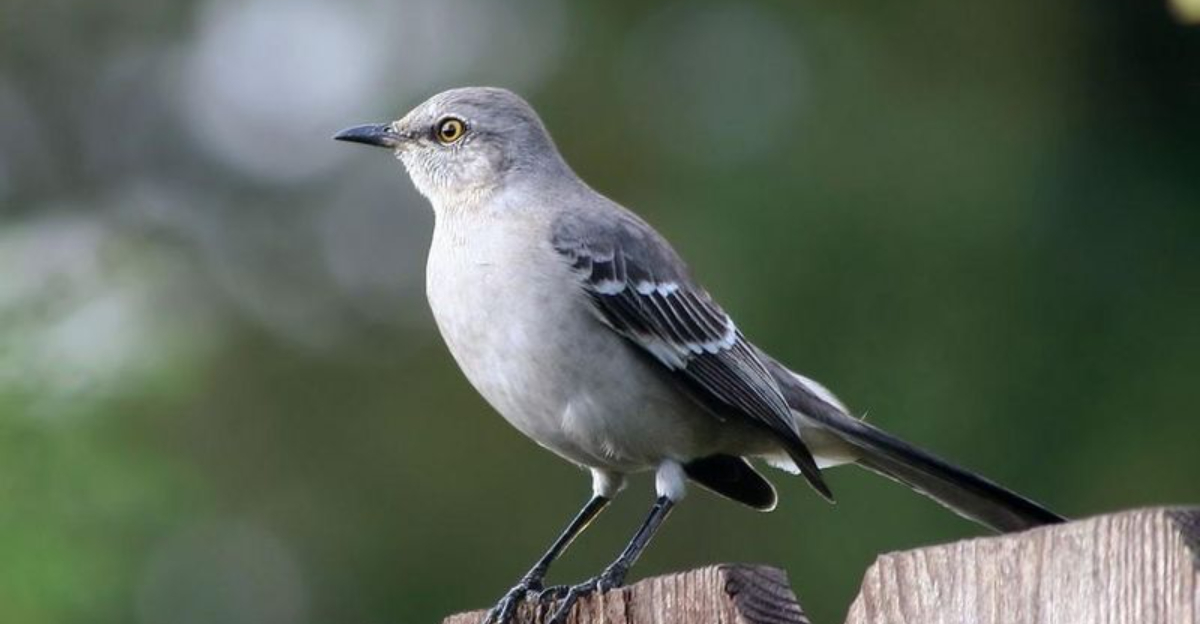
Summer brings a vibrant parade of feathered visitors to backyards and parks across America. From dawn chorus champions to colorful afternoon performers, our skies and trees become stages for nature’s most captivating aerial show.
Whether you’re a seasoned bird watcher or just enjoy glancing up while gardening, knowing who’s who in your local bird community adds magic to warm summer days.
1. American Robin
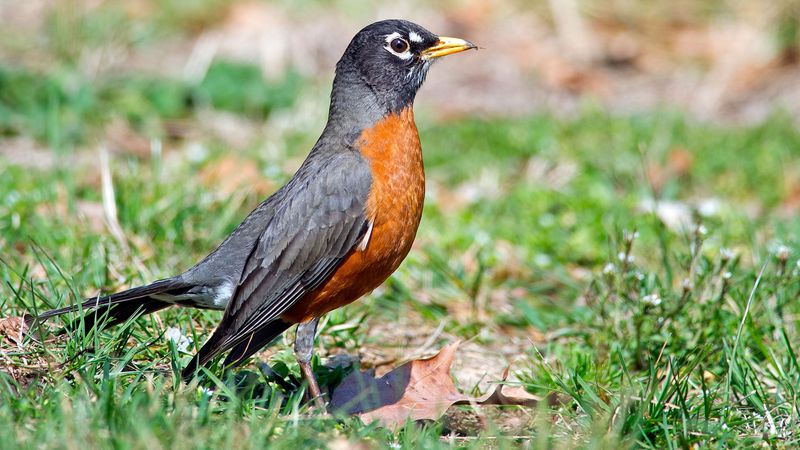
That cheerful ‘cheerily, cheer up’ song jolting you awake at 5 AM? The culprit is this orange-breasted early bird who doesn’t just catch worms but announces their hunt to the entire neighborhood.
Robins hop across lawns with a distinctive stop-and-tilt head motion, listening for underground movement. Their blue eggs have become so iconic that a shade of blue is named after them.
2. Barn Swallow
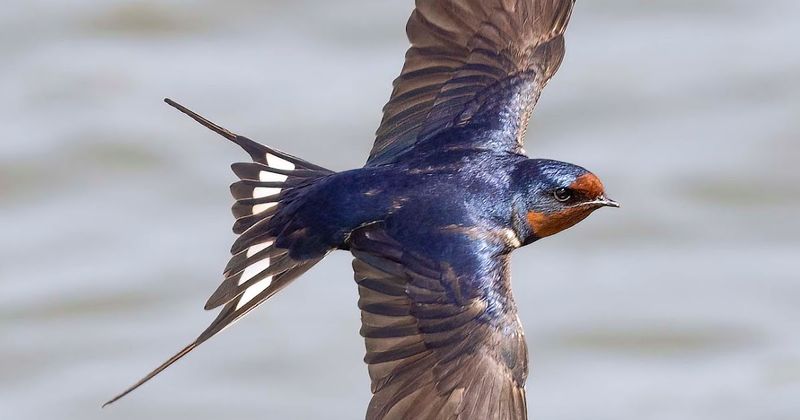
Zipping through the air like tiny fighter jets, these graceful flyers catch insects mid-flight with incredible precision. Their distinctive forked tails stream behind them like ribbons in the wind.
Master architects, barn swallows build mud-cup nests that cling to rafters and eaves. Their metallic blue backs and rusty-orange throats flash in the sunlight as they perform their airborne ballet.
3. Northern Mockingbird
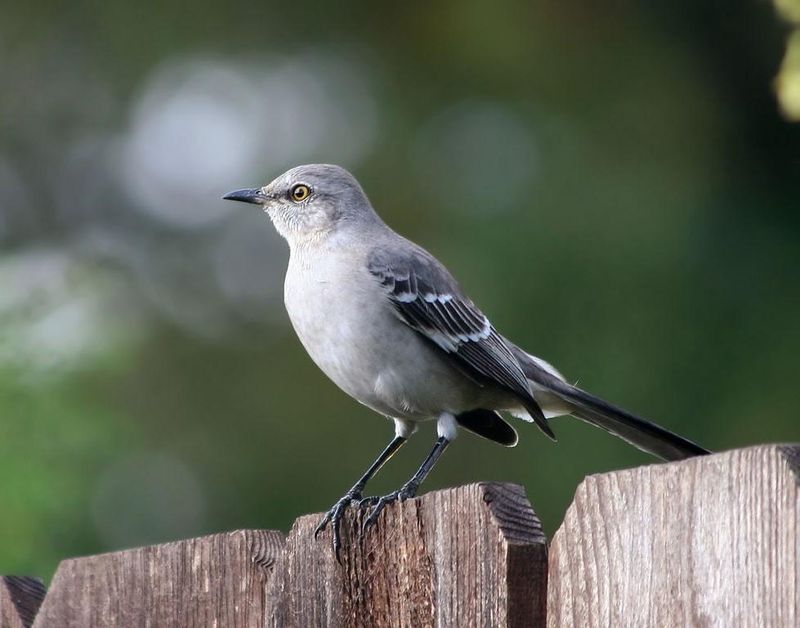
Walking past a certain bush only to be dive-bombed means you’ve likely encountered the neighborhood’s feathery protector. Known for their impressive mimicry, they belt out not just other birds’ songs but also car alarms and squeaky gates.
Relentless defenders of their territory, they chase off creatures far larger than themselves. Those midnight serenades might seem charming until one decides to sing outside your window all night.
4. Northern Cardinal
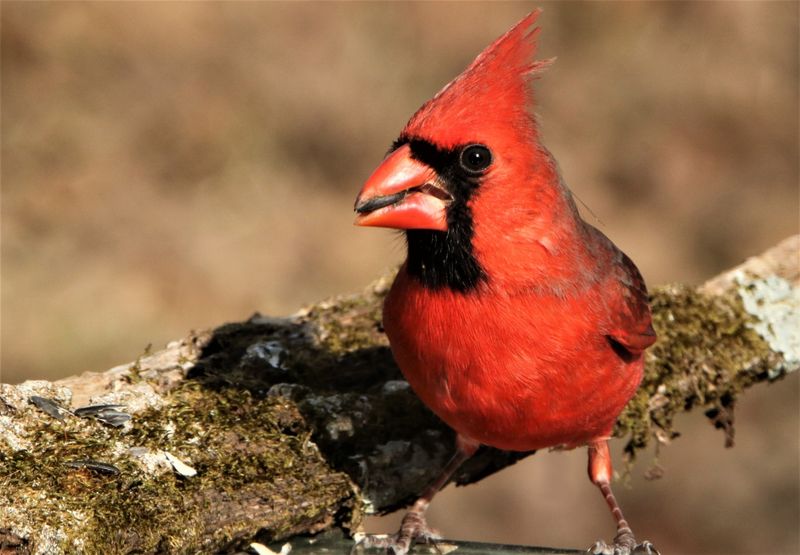
Like a tiny splash of lava against green leaves, the male cardinal’s crimson plumage stops traffic—of both the human and bird variety. Females rock a more subtle tan look with reddish accents, proving sometimes the understated dresser has just as much class.
Cardinals don’t migrate, bringing year-round color to feeders. Their distinctive crest and cheerful ‘purdy-purdy-purdy’ calls make them backyard favorites across eastern states.
5. Common Grackle
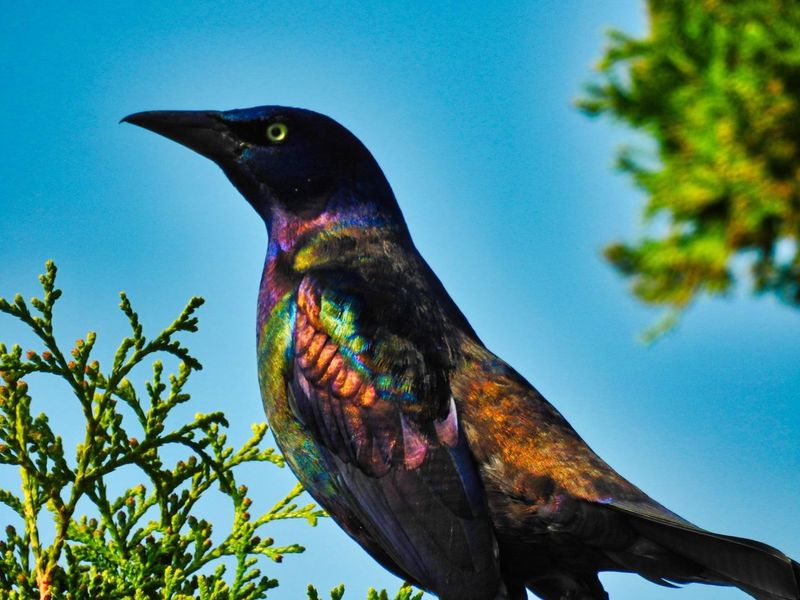
Glinting like oil slicks in the sunlight, bold birds with shimmering feathers confidently patrol picnic areas. Nothing escapes their sharp yellow eyes, especially unattended snacks.
Large, noisy gatherings form what scientists call “colonies,” though picnickers might view them as feathered gangs. Creaky-hinge calls and iridescent plumage make them impossible to overlook, even during a peaceful lunch.
6. Ruby-Throated Hummingbird
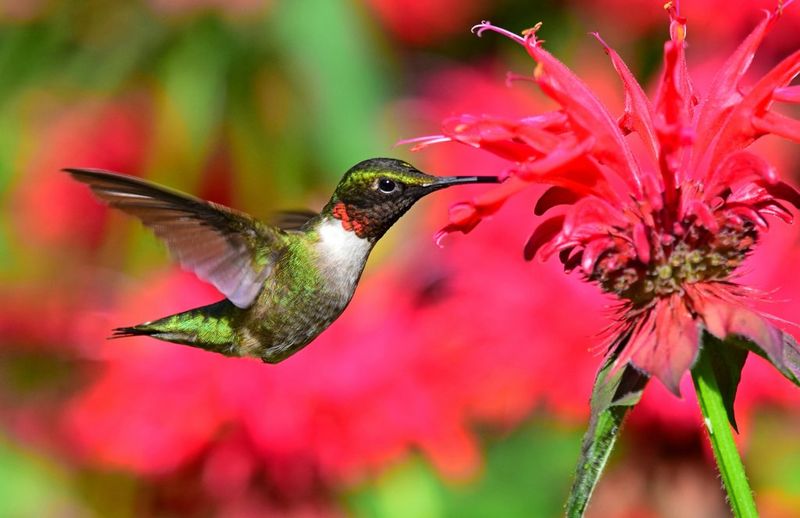
Beating their wings 80 times per second, these miniature marvels burn energy at a rate that would make Olympic athletes blush. The male’s ruby throat patch flashes like neon when the light hits just right.
Despite weighing less than a penny, these fierce little fighters will chase hawks away from their territory. They’re the only hummingbird species in eastern North America, making cross-Gulf migrations that seem impossible for their tiny bodies.
7. Red-Bellied Woodpecker
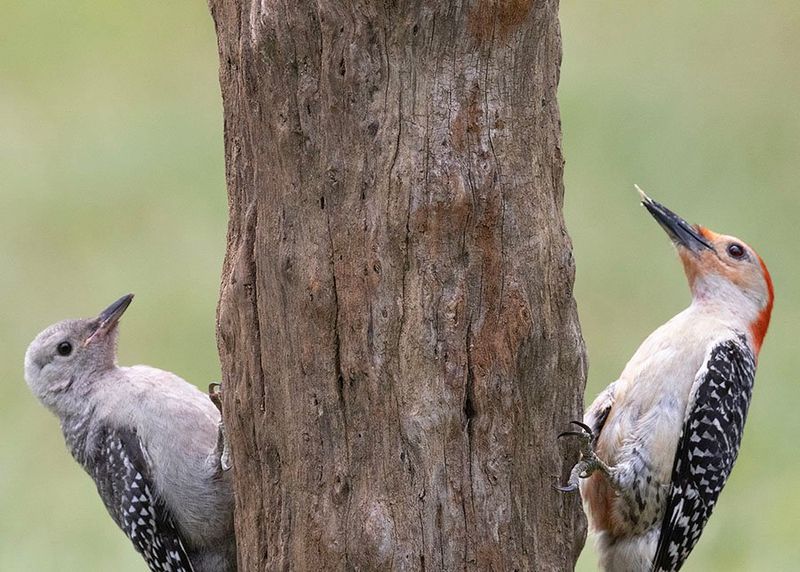
Despite their misleading name, the barely-visible pinkish wash on their belly isn’t what catches your eye – it’s the striking zebra-patterned back and bright red cap that make these woodpeckers stand out.
Nature’s percussion section, they communicate by drumming on resonant surfaces, sometimes choosing metal gutters for maximum acoustic effect. Their rolling ‘churr’ calls echo through summer woods as they hunt for insects or visit suet feeders.
8. Mourning Doves
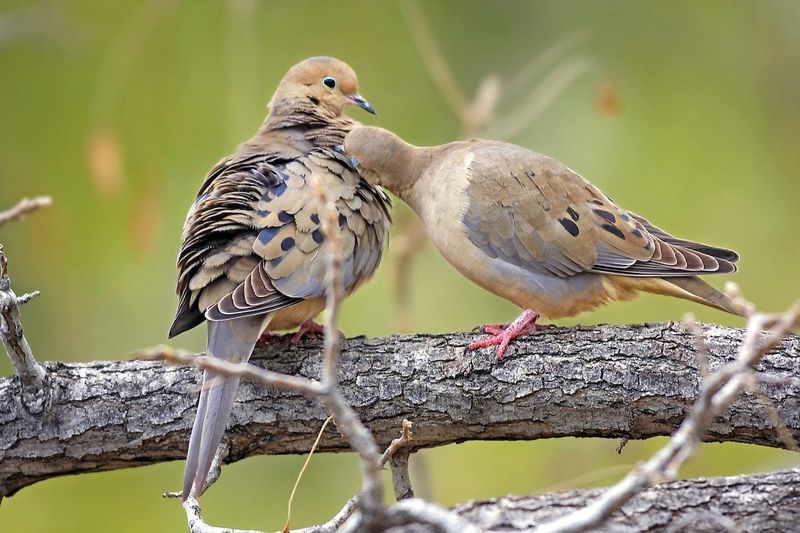
Soft, mournful cooing drifts through summer evenings, a sweet serenade from nature’s most devoted couples. Mourning doves are known for their lifelong bonds, often perched side by side on telephone wires like tiny lovebirds.
Each graceful takeoff is accompanied by a distinct whistling sound, a natural alarm system that surprises both predators and hikers alike. Those gentle wing beats create a sound that’s as much a part of summer as the warm breeze.
9. American Goldfinch
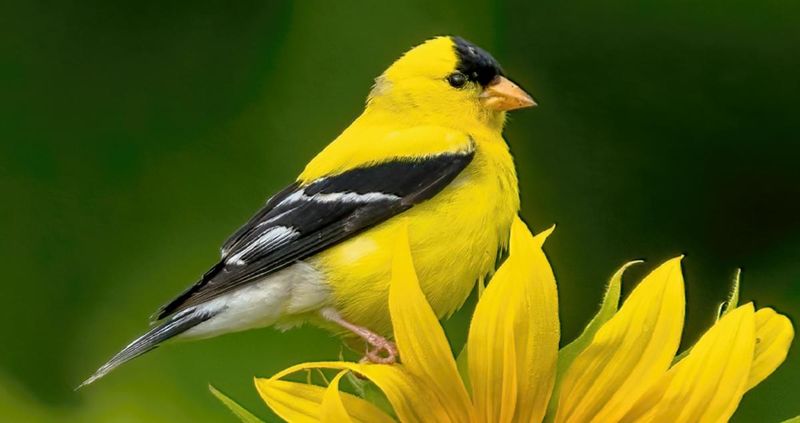
Summer transforms the male goldfinch from drab olive to brilliant sunshine yellow – nature’s way of saying ‘look at me now!’ Their bouncy flight pattern resembles a roller coaster, accompanied by a cheerful ‘po-ta-to-chip’ call.
These vegetarian birds time their breeding season to coincide with thistle seed availability. Watch them at feeders, where they hang upside-down like feathered acrobats to extract seeds with their specialized beaks.
10. House Finch
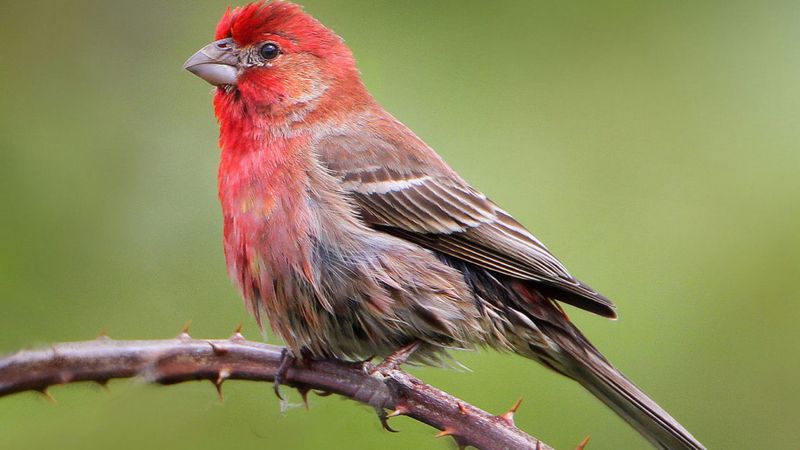
Originally a western bird, these adaptable socialites now thrive coast-to-coast, bringing raspberry-dipped heads and cheerful warbling songs to neighborhoods everywhere. Males sport varying shades of red depending on their diet – more colorful berries equal more vibrant plumage.
House finches form chatty groups at feeders, gossiping in musical phrases. They’ve mastered suburban living, building nests in wreaths, hanging plants, and even unused barbecue grills.
11. Blue Jay
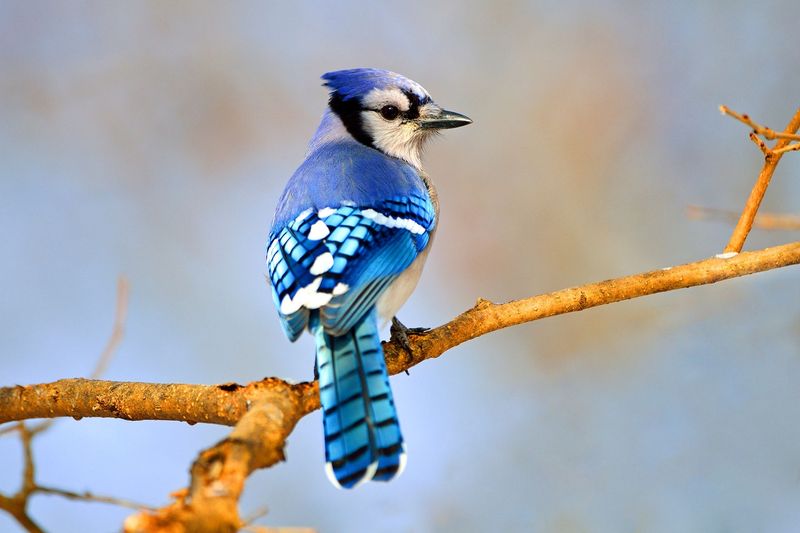
Sporting a punk-rock crest and a bold personality, brilliant blue troublemakers keep a vigilant eye on the neighborhood. Harsh “jay-jay” calls serve as alarm signals, whether warning of danger or simply demanding attention.
Clever and cunning, they expertly mimic hawk calls to scare off rivals at feeders. Among the smartest backyard birds, they use tools and stash hundreds of acorns for winter, relying on sharp memories to find them later.
12. House Wren
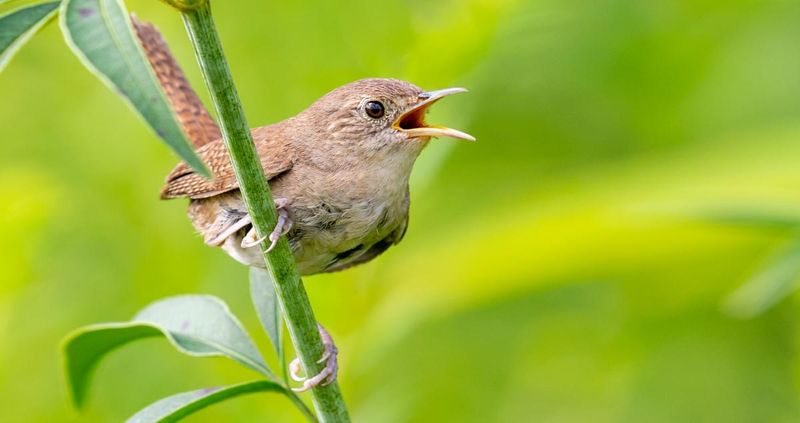
How can something so tiny produce such an enormous song? These chocolate-brown sprites pour out bubbling melodies that seem impossible for their pint-sized bodies. Despite measuring just 5 inches long, their personalities are gigantic.
House wrens will nest in almost anything with a hole – old boots, mailboxes, even the pocket of a coat left outside. Males build several dummy nests before the female chooses her favorite, making them the real estate agents of the bird world.
13. Common Nighthawk
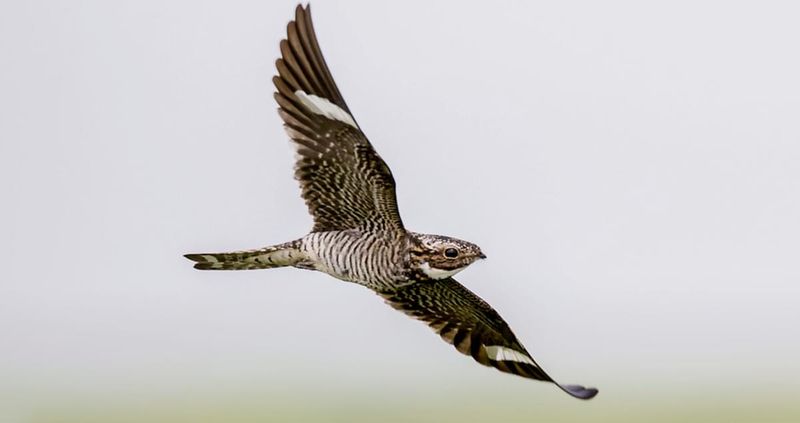
Those bat-like creatures zigzagging across summer twilight skies aren’t actually bats at all. Nighthawks swoop through the darkening air with white wing bars flashing, their cavernous mouths open to scoop up flying insects.
Their distinctive ‘peent’ calls echo as dusk falls. Despite their name, they’re neither hawks nor strictly nocturnal – they’re most active at dawn and dusk when insects are plentiful.
14. Great Blue Heron
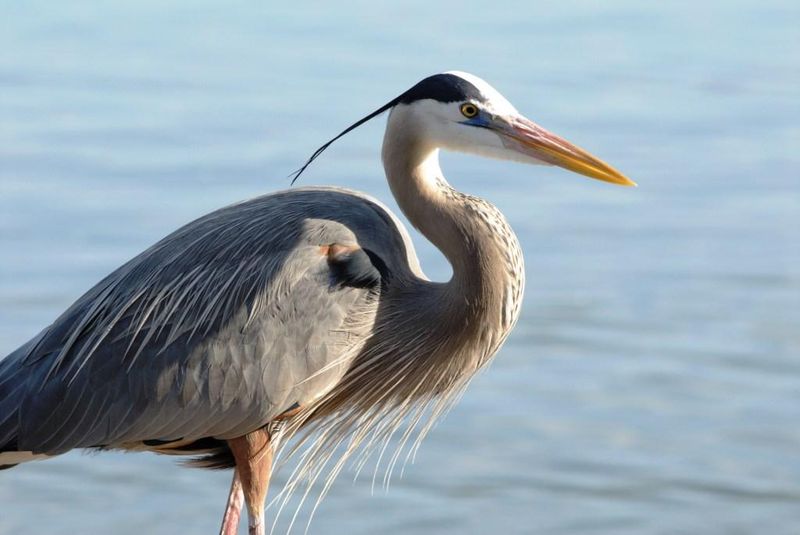
Standing motionless like a prehistoric statue, this patient hunter can freeze longer than your youngest sibling playing freeze tag. Then – STRIKE! – faster than you can blink, a fish disappears down its spear-like bill.
Great blue herons look enormous in flight, with six-foot wingspans and necks folded in an S-curve. Despite their size, they move with surprising stealth through shallow waters, their yellow eyes missing nothing that moves below the surface.
15. Ring-Billed Gull
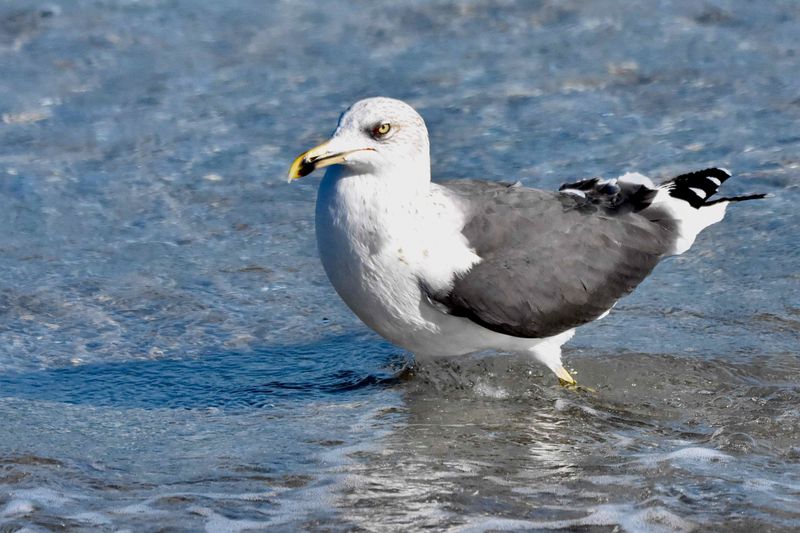
French fry thieves extraordinaire, these coastal and inland opportunists have elevated scavenging to an art form. The distinctive black ring around their yellow bill gives them away as they plot their next snack heist.
Surprisingly agile fliers, ring-billed gulls can hover in place when eyeing potential food. They’ve adapted brilliantly to human environments, following plows in fields and hanging around school playgrounds at lunch hour.

